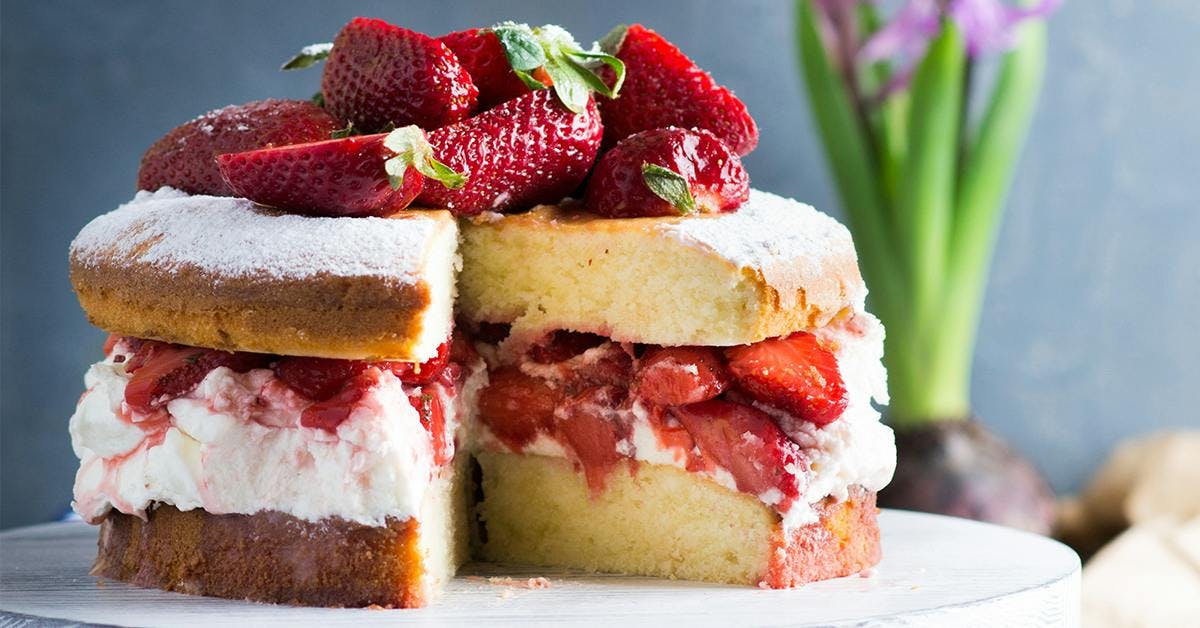Total flexibility, no commitment
A world of unique, crafted spirits
Easy, free and reliable delivery

How to make homemade elderflower cordial in time for the perfect summery gin cocktails!
From May until mid-June in the UK, it’s impossible not to admire the gorgeous white sprays of headily scented elderflower blooms peeping over country hedgerows, sun-dappled woodlands, and trees across the country.

Spring is the time to pick these delicate little flowers - before they turn into plump purple elderberries later in the summer.
Here at Craft Gin Club, we love nothing more than sipping a delicious G&T or refreshing gin cocktail flavoured with elderflower cordial on a summer’s evening!
If you love gin and elderflower cocktails, here’s how you can pick and make your own elderflower cordial in just a few easy steps.
Where can I pick elderflowers?
A couple of quick points to note before we start:
- Elder flowers and berries in their raw state are slightly toxic, so don’t be tempted to nibble one. Don’t panic, though! Cooking the elderflowers (as in this cordial recipe) takes away all the toxicity.
- Pick flowers on a roadside away from traffic fumes, to avoid consuming pollutants as much as possible.
- You can wash the elderflowers if you really want to but this can wash away the flowers, so it’s probably better to pick the flowers in an unpolluted environment and simply shake the branches gently before use to rid them of any little bugs or twigs.
- If you’re foraging the elderflowers in the countryside, do only take a few sprays from each tree. This will allow the remaining flowers to turn into berries for birds and animals to feed on.
- You might want to take a little pair of scissors to snip the flower stalks. Keep a little bit of the green stems as well as the flower heads.
- If you’re not sure exactly what elderflowers look like, the Woodland Trust has a great guide on where to find the trees and how you can identify them.
- It takes a day or two for the cordial to infuse, so if you’re making it with a special occasion or cocktail party in mind, you’ll need to get organised at least one day in advance!
- It takes only a matter of minutes to whip up a batch. Happy cooking!
Elder flowers and berries in their raw state are slightly toxic, so don’t be tempted to nibble one. Don’t panic, though! Cooking the elderflowers (as in this cordial recipe) takes away all the toxicity.
Pick flowers on a roadside away from traffic fumes, to avoid consuming pollutants as much as possible.
You can wash the elderflowers if you really want to but this can wash away the flowers, so it’s probably better to pick the flowers in an unpolluted environment and simply shake the branches gently before use to rid them of any little bugs or twigs.
If you’re foraging the elderflowers in the countryside, do only take a few sprays from each tree. This will allow the remaining flowers to turn into berries for birds and animals to feed on.
You might want to take a little pair of scissors to snip the flower stalks. Keep a little bit of the green stems as well as the flower heads.
If you’re not sure exactly what elderflowers look like, the Woodland Trust has a great guide on where to find the trees and how you can identify them.
It takes a day or two for the cordial to infuse, so if you’re making it with a special occasion or cocktail party in mind, you’ll need to get organised at least one day in advance!
It takes only a matter of minutes to whip up a batch. Happy cooking!

Homemade Elderflower Cordial
15-20 heads of elderflowers
1 litre water
1kg of caster sugar OR 500g caster sugar + 4 tbsp honey
2 large unwaxed lemons
Add the water, sugar and honey to a saucepan and bring the liquid gently to the boil, stirring occasionally. Once the sugar has dissolved and the liquid is smooth, take off the heat.
Finely grate in the lemon zest and add the elderflower, making sure the flowers are totally covered by water. Squeeze in the juice from both lemons. (Some recipes replace the lemon juice with approx. 60g citric acid, which you can get from most chemists.)
Pop the saucepan lid on and leave to stand in a cool place for one-two days so the fragrance and flavour of the elderflowers can infuse the sugar syrup.
Once the pale golden liquid has infused, strain the cordial through a muslin (or clean tea towel) into large bowl before pouring into sterilised bottles or jam jars. Keep the cordial in the fridge or a cool, dark place until it’s ready to use.
Once your cordial is ready for use, try adding it to one of these delicious gin cocktails!













